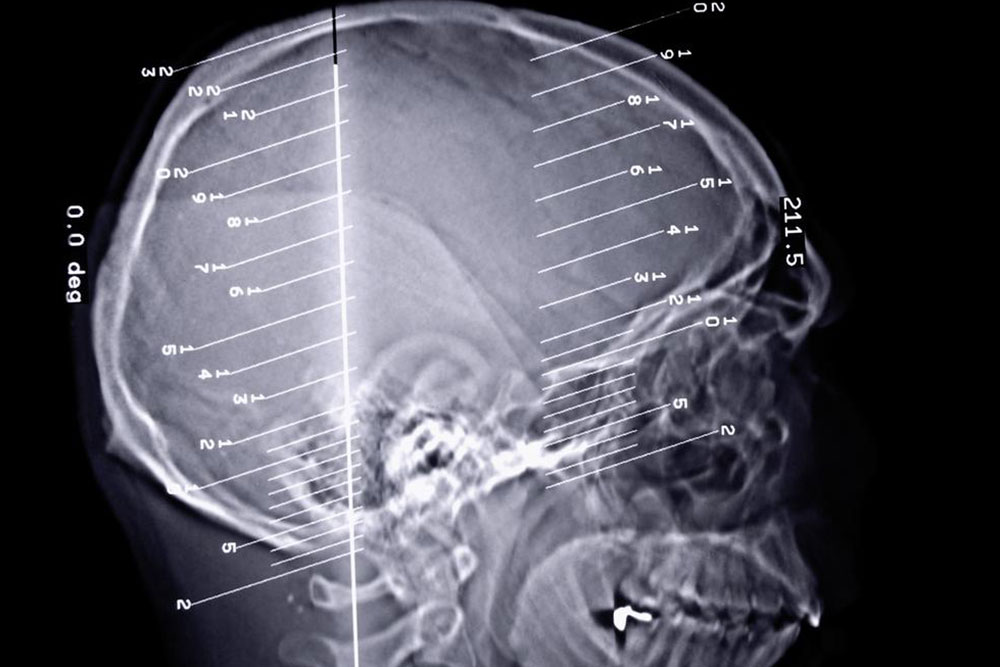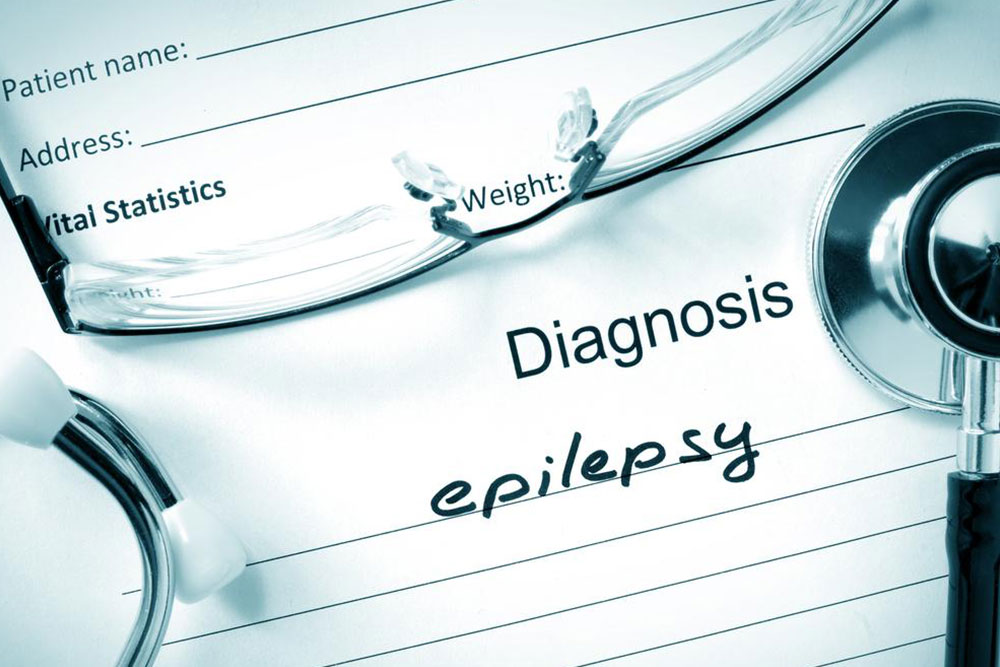Understanding Advanced Parkinson's Disease: Key Signs and Symptoms
Discover the key signs and symptoms of advanced Parkinson's disease, including motor and non-motor challenges. Learn about the progression, management options, and the importance of early detection to improve quality of life. This comprehensive overview helps patients and caregivers understand the physical, emotional, and cognitive impacts of the disease. Recognizing these symptoms early can lead to better treatment strategies and support for those living with Parkinson's, emphasizing the importance of medical intervention and psychological care for managing the condition effectively.

Recognizing the Features of Progressive Parkinson's Disease
Parkinson's disease primarily causes a decrease in movement, medically known as hypokinesia. Its exact origins remain uncertain, and there is no definitive cure. The primary trigger for symptoms is the death of brain neurons leading to a shortage of dopamine, a vital neurotransmitter. The reasons behind neuron loss are unknown. Genetics have minimal influence unless multiple family members are affected. Environmental factors also play a limited role. Age is the most significant risk factor, with most cases occurring in individuals over 60. It is a gradual, ongoing condition.
Administering dopamine through L-Dopa remains the most effective way to manage symptoms.
Early signs are subtle and often overlooked. There are ten key indicators suggesting Parkinson's, including tremors at rest, slow or diminished movements, muscle rigidity, impaired balance and posture, loss of automatic movements, speech changes like reduced volume, handwriting deterioration, and crowded handwriting letters. As the disease advances, these symptoms become more pronounced. In later stages, additional symptoms emerge that may be manageable with treatment.
Cognitive Decline: Thinking difficulties, mental slowing, and dementia, which may be unresponsive to medication.
Mood and Emotional Changes: Depression, anxiety, fear, and loss of motivation are common, with medication providing relief.
Physical Challenges: Swallowing difficulties and drooling develop, leading to increased use of liquid foods and absorbent bibs.
Sleep Disruptions: Frequent nighttime awakenings and daytime sleepiness worsen as the disease progresses.
Urinary Problems: Difficulty initiating urination and incontinence occur as movements slow, sometimes causing prolonged relaxation of the bladder.
Additional Symptoms: Chronic constipation, dizziness upon standing, anosmia (loss of smell), constant fatigue, and sometimes erectile dysfunction. Symptoms may involve widespread bodily discomfort rather than isolated areas, with causes often unknown.










